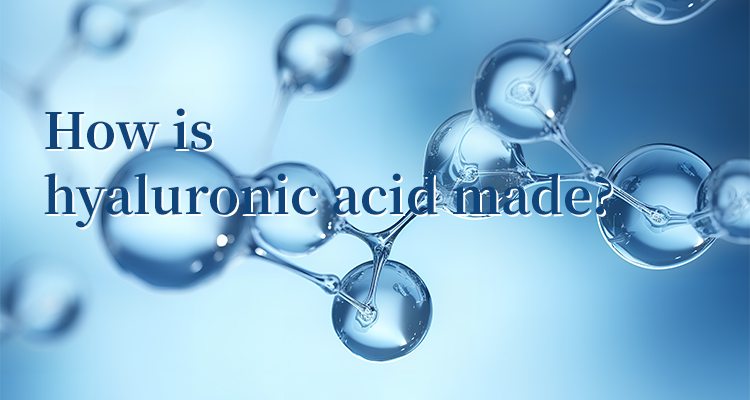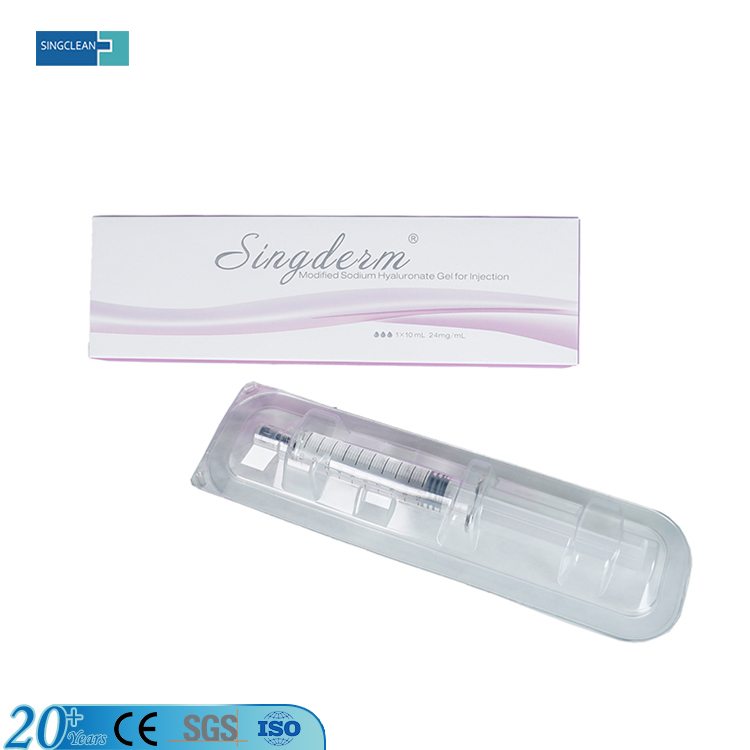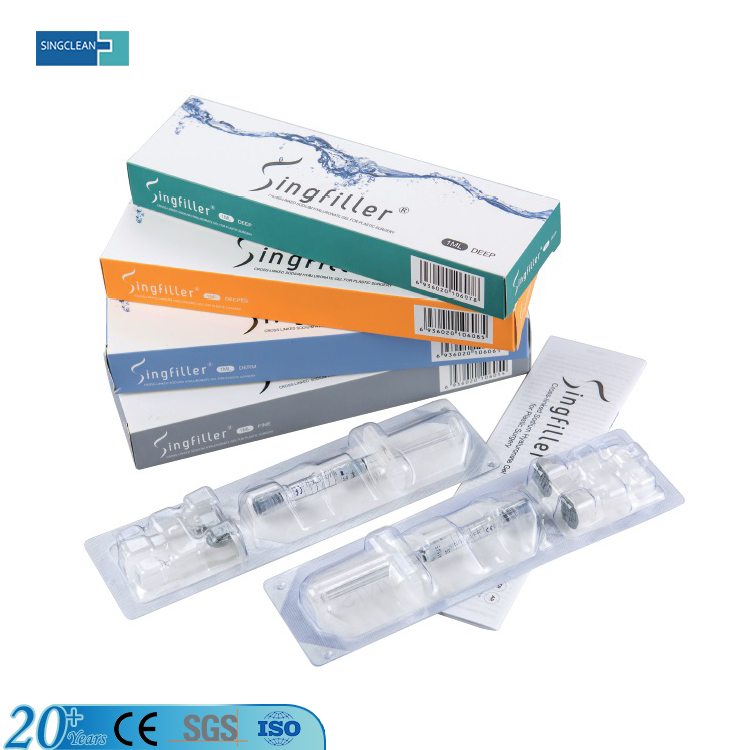
Hyaluronic acid in usually used in medical beauty field as the filling materials, which is usually for moisturizing, removing facial wrinkles or adding facial volumes. However, it has various sources, different sources make differences. This articles will introduce the sources of hyaluronic acid:
Synthetic hyaluronic acid is hyaluronic acid that is artificially produced in the laboratory through chemical synthesis. This synthetic process typically involves the use of specific chemicals and techniques to mimic the structure and properties of natural hyaluronic acid.
The preparation process of synthetic hyaluronic acid can be completed in a variety of ways. One common method is to use specific reaction conditions and catalysts to polymerize monomer molecules (such as glucose and glutamine) into polymer chains. These polymer chains are cross-linked during the synthesis process to form a hyaluronic acid filler with the desired properties.
The advantage of synthetic hyaluronic acid is that its production process allows more precise control of the structure, size and properties of hyaluronic acid, making it more suitable for specific application needs. In addition, synthetic hyaluronic acid does not rely on animal sources, which reduces potential allergic reactions and infection risks, and produces a purer product.
This kind of hyaluronic acid is extracted from animal tissues, mainly from animal tissues such as cockscombs, cow eyeballs, and marine fish scales. It is recognized and accepted for its natural and high molecular weight characteristics, and its safety and biocompatibility are guaranteed. It is currently a major filler material.
However, animal-derived hyaluronic acid requires the addition of more chemicals for processing during the extraction process, which may cause adverse reactions in some human bodies, which including:
Allergic Reactions:
Animal-derived hyaluronic acids may trigger allergic reactions because they may contain proteins that are incompatible with the human immune system.
Risk of infection:
The process of animal tissue extraction may introduce bacteria, viruses or other pathogens, increasing the risk of infection.
Consistency and Purity Issues:
The quality and performance of animal-derived hyaluronic acids can be difficult to control consistently because they are affected by the animal tissue origin, which can lead to poor purity and stability of the product.
Some hyaluronic acid products are produced by utilizing bacterial fermentation, which is safer and more controllable.
Microbially fermented hyaluronic acid is prepared by utilizing microorganisms (usually bacteria) to produce hyaluronic acid during the fermentation process. This method is safer and more controllable than extracting hyaluronic acid from animal tissues, so it is widely used in the beauty and medical fields.
In microbial fermentation processes, specific strains of bacteria (e.g., Bifidobacteria) are typically used, cultured in a medium containing specific nutrients. These bacteria produce hyaluronic acid through a metabolic process and secrete it into the culture medium. Subsequently, through steps such as extraction, purification, and processing, high-purity and high-quality microbial fermented hyaluronic acid products can be obtained.
Microbially fermented hyaluronic acid has the following advantages:
High safety:
Compared with animal-derived hyaluronic acid, the preparation process of microbial fermented hyaluronic acid is cleaner and more controllable, reducing the risk of infection and allergies.
Good controllability:
The microbial fermentation process can be carried out under controlled conditions, so the quality, purity and performance of the product can be better controlled.
Sustainability:
Compared with relying on animal tissue extraction, microbial fermentation to produce hyaluronic acid is more sustainable and more in line with modern environmental awareness.
Taken together, microbially fermented hyaluronic acid is a safe, controllable, and sustainable option that has become a commonly used filler and moisturizer in the cosmetic and medical fields.
Singclean Medical's Singfiller series and Singderm series hyaluronic acid dermal filler all based on microbial fermentation origin hyaluronic acid.


It supply safe injection experience, with no rejection reaction and good biocompatibility, etc. For more information about our dermal filler, please refer to our web.
In a word, it is important to ensure that you purchase products from trusted manufacturers to ensure their quality and safety.
 Call us on:
Call us on:  Email Us:
Email Us:  No. 125(E), 10th Street, Hangzhou Qiantang Area, Zhejiang, China
No. 125(E), 10th Street, Hangzhou Qiantang Area, Zhejiang, China